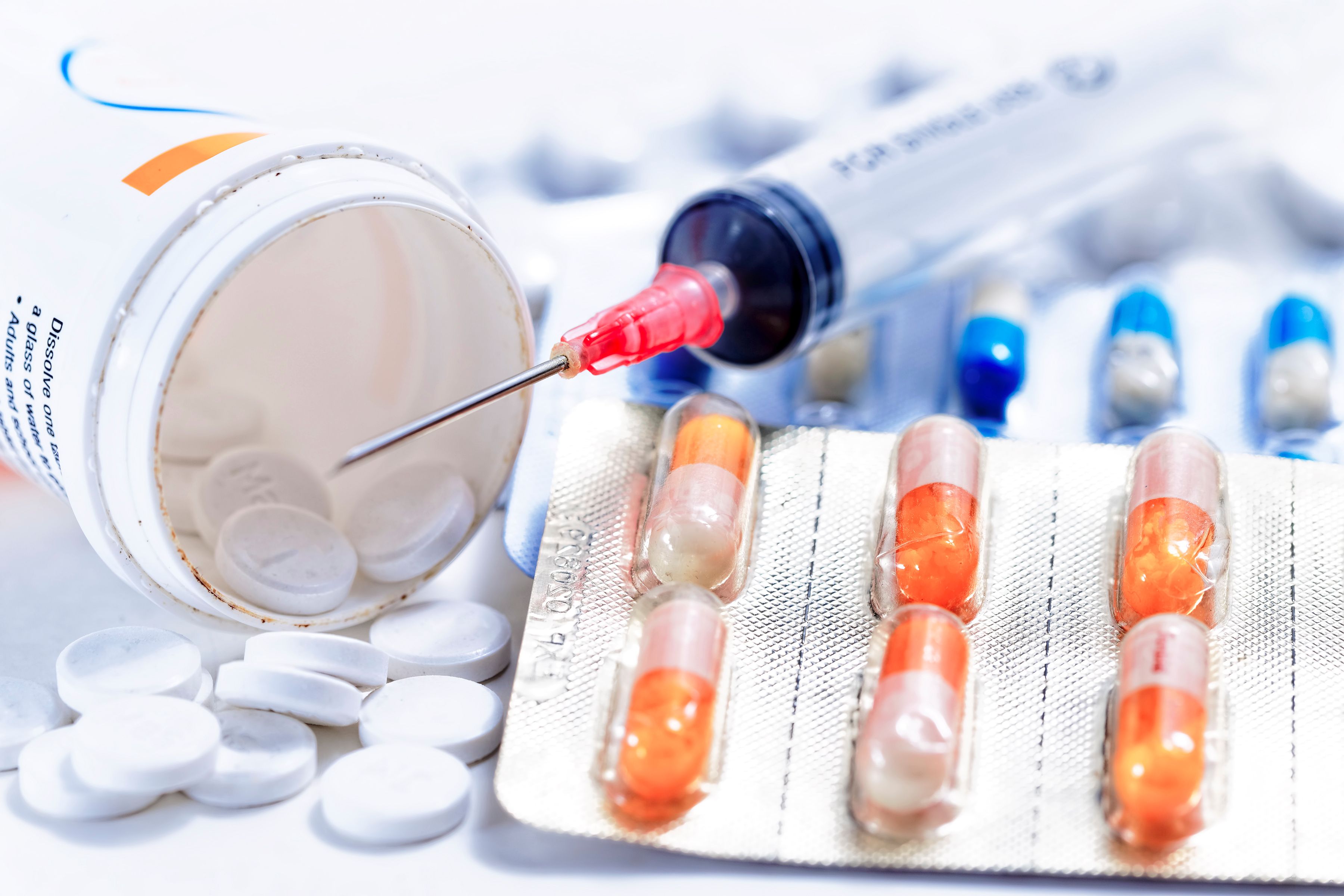Commentary
Article
Treatment Options for Colon Cancer: A Guide for Pharmacists
Author(s):
Pharmacists can educate and encourage screenings for colon cancer to ensure it is discovered as early as possible.
Colon cancer most often affects older adults, although it may happen at any age and rates are in fact increasing among younger adults.1 Cancer usually starts from a few cells creating polyps in the colon, which may not be cancerous in the beginning, but progress into colon cancer. These polyps may not create symptoms, so it is recommended for patients to screen for polyps in the colon on regular basis. Removing such polyps through screening processes may help prevent colon cancer. Colon cancer sometimes may involve the rectal area as well, which then is called colorectal cancer.2
Colon cancer illustration | Image credit: © mi_viri | stock.adobe.com

Colon Cancer and Prevention
The American Cancer Society estimates that about 140,000 colorectal cancer cases are diagnosed each year and about 50,000 deaths occur annually.² In 2023, it was estimated that 153,020 new cases of colorectal cancer were diagnosed in the United States and about 52,550 people died from the disease, including about 3750 deaths in patients younger than 50 years of age. In 2023, the incidence rates of colon cancer in the US were 33% higher in men than in women, primarily due to differing risk factors. This cancer also has the highest incidence among Alaska natives, followed by American Indians, Black individuals, White populations, and other ethnicities.3
Patients affected by colon cancer typically do not have any symptoms at the outset, but as the cancer starts growing, symptoms emerge. Some of these symptoms may include change in bowel habits, such as more frequent diarrhea, more frequent constipation, rectal bleeding, blood in the stool, continuous episodes of discomfort in the belly area, cramps, gas, pain, feelings of the bowel not emptying all the way, feelings of weakness, tiredness, and especially losing weight without trying.¹
Risk factors for colon cancer may include older age, Black race, personal or family history of colon cancer, inflammatory bowel disease, a low-fiber or high-fat diet, lack of regular exercise, diabetes, obesity, smoking, alcohol use, or previous radiation therapy.¹ Health care providers always recommend a healthy diet and nutrition to prevent colon cancer. Some of these recommendations include eating a variety of fruits, vegetables, whole grain, reduced alcohol intake, smoking cessation, frequent exercise, and a healthy weight.¹
Diagnosis and Treatment
Typically, a routine colonoscopy, biopsy, and regular blood tests can increase the likelihood of early diagnosis, before the cancer progresses to worse stages.¹
Treatment options may include surgery, chemotherapy, radiation therapy, targeted therapy, or immunotherapy. The Table4 reviews various treatment options.
Table.3 Available Treatment Options for Colon Cancer

Radiation therapy, which uses high-energy x-rays to kill the cancer cells or to stop them from growing, is also an option for these patients. These methods may include external radiation therapy or internal radiation therapy. The external type uses a machine outside of the body to send the radiation to the cancer area, whereas internal therapy uses the radioactive substance in a needle, seeds, wires, or catheters, which are placed directly into or near the cancer.4
Colorectal cancer is the third leading cancer in the United States, but it has preventive measures as well as a growing body of treatment options. The 5-year relative survival rates for colon cancer if localized are 91%, versus 73% if it has spread regionally and 13% if distant.5 With aggressive treatment options, the survival rates are higher, especially if diagnosed early. Pharmacists can educate and encourage screenings for colon cancer to ensure it is discovered as early as possible.
REFERENCES
1. Colon cancer is on the rise in younger adults: what you should look for. Cultivating Health. March 6, 2023. Accessed December 3, 2024. https://health.ucdavis.edu/blog/cultivating-health/colon-cancer-is-on-the-rise-in-younger-adults-what-you-should-look-for/2023/03
2. Colon cancer. Mayo Clinic. July 27, 2023. Accessed December 3, 2024. https://www.mayoclinic.org/diseases-conditions/colon-cancer/symptoms-causes/syc-20353669
3. Colorectal Cancer Facts & Figures 2023-2025. American Cancer Society. 2023. Accessed December 3, 2024. https://www.cancer.org/content/dam/cancer-org/research/cancer-facts-and-statistics/colorectal-cancer-facts-and-figures/colorectal-cancer-facts-and-figures-2023.pdf
4. Colon Cancer Treatment (PDQ)–Patient Version. National Cancer Institute. Updated September 13, 2024. Accessed December 3, 2024. https://www.cancer.gov/types/colorectal/patient/colon-treatment-pdq#_135
5. Survival Rates for Colorectal Cancer. American Cancer Society. Updated January 29, 2024. Accessed December 3, 2024. https://www.cancer.org/cancer/types/colon-rectal-cancer/detection-diagnosis-staging/survival-rates.html
Newsletter
Stay informed on drug updates, treatment guidelines, and pharmacy practice trends—subscribe to Pharmacy Times for weekly clinical insights.





